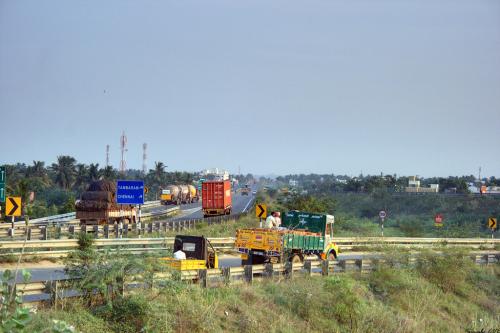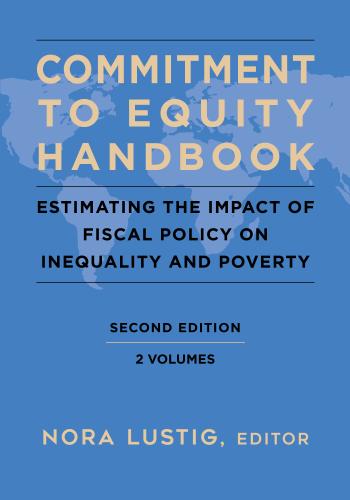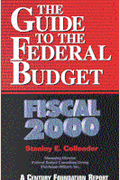Content from the Brookings Institution India Center is now archived. After seven years of an impactful partnership, as of September 11, 2020, Brookings India is now the Centre for Social and Economic Progress, an independent public policy institution based in India.
High on the government’s priorities should be to gain control over the fiscal situation. Between the Budget for 2014-15 to be presented next month and the one for 2015-16 in February, every opportunity to deal with both short-term and structural fiscal problems must be taken. Here is a list of five issues that require immediate attention.
Total transparency
Whether justifiably or not, the credibility of fiscal numbers has taken something of a beating in recent years. Revenue projections appear optimistic, expenditure ones pessimistic and liabilities are perceived to be postponed in order to present a better picture. It is important for the government to clear all doubts on all of these parameters. Four months into the fiscal year, there should be a reasonable sense of revenue growth. The government will undoubtedly want to initiate several new programmes, for which it will allocate funds, but how these funds are to be mobilised must be made clear.
Most importantly, it must make a commitment to account for all expenditure commitments within the year in which they are made. The government has always had a loophole in this regard because it follows a cash-based accounting system. If money is committed but not paid out in a given year, it does not count towards measuring the deficit. Transparency will be hugely helped by moving to an accrual-based system as quickly as possible. From the reform perspective, only by facing up to the true state of government finances can stakeholders be persuaded to support the more ambitious objectives that are addressed later in this column.
Subsidy limits
The 2012 Budget proposed an explicit cap on the total subsidy bill (two per cent of gross domestic product, or GDP) in the context of a larger fiscal responsibility proposal. This proposal is referred to in the last of the five fixes. But even independently of that, a self-imposed subsidy cap can be an important signal in two ways. One, it underscores the government’s commitment to not compromising on the fiscal consolidation priority because of political pressures. Two, it potentially frees up resources that can be used for capital expenditures.
Whether two per cent of GDP or less is the right number can be debated. What is important is that a commitment be made, after which, in each year, the government can exercise some flexibility in allocating across commodities. The commitment could also be phased down over time, but that may be asking a bit too much at this time. Maybe later!
Balance sheet swaps
In my view, in order to revive the infrastructure sectors, there is no alternative to increased government spending in the short to medium term. If this is the case, funds need to be committed so that projects do not face financial uncertainty. In a recent column, I argued that a National Investment Fund be set up to implement this commitment. A critical source of funding for this will be the proceeds from the sale of government-owned assets – divestment, spectrum, mining rights, land and whatever else one might think of.
A balance sheet swap simply means that the sale of one set of assets must be matched by the creation/acquisition of another set. The consolidated fund of India approach, which pools all inflows, will simply not work here, because it doesn’t provide the commitment that projects of long gestation require to be undertaken. Given the stress that private investment in infrastructure is under, commitments from the government will be critical to any recovery.
A couple of specific and immediate opportunities need to be highlighted. One, the previous government has mooted the idea of selling off the blue-chip stocks held by the Special Undertaking of the Unit Trust of India (SUUTI) but did not go through with it. There is no public purpose being achieved by the government holding these assets and they must be sold as quickly as possible without distorting market prices. Two, rice prices have been a significant source of food inflation over the past several months. Open market sales from the government’s rice stocks must be undertaken. The proceeds from both can, of course, go into the fund.
Legislative changes
The two main components of this fix are the goods and services tax (GST) and the direct taxes code (DTC). The former requires a constitutional amendment, which means a passage by two-thirds majority in Parliament and ratification by more than half the states. Neither should be a problem, provided that states are promised adequate compensation for any potential revenue losses. Going by the experience of the value-added tax (VAT) that was introduced in 2005, losses of large magnitude are unlikely to occur, but the promise is necessary. The DTC is really a long-pending rationalisation and streamlining of a legacy of differential tax treatment.
But, beyond just covering revenue losses, another significant element of the bargain could be to give states the autonomy to enact reformist legislation even though these may break through constraints imposed by central legislation. Healthy competition between states to create the most attractive investment climate is a good thing, which can be fostered by such freedoms.
To return to a point made earlier in the column, a very important legislative initiative is the Fiscal Responsibility and Budget Management (FRBM) Act II, the first one having terminated in 2010. We apparently need a permanent legislative rule of this kind, with the added provision of a cap on subsidies, besides those on the revenue deficit and the fiscal deficit. This will also become a model for the states to amend their respective fiscal rules in the years ahead.
Streamlining transfers
The direct benefit transfer scheme, no matter what the early experiences were, is the best possible solution to the enormous leakages that the transfer framework was vulnerable to. It needs to be persisted with, fine-tuned, strengthened and expanded, with all the system’s components – the identification system and banking capabilities, to name two – being built up in a consistent way. An important application of such a transfer mechanism will be the ability to separate farmers’ livelihood security requirements from procurement, a combination that has cost the economy significantly in terms of disrupting the agricultural supply-demand balance.
A healthy fiscal situation can significantly reinforce the growth momentum provided by other structural reforms. An unhealthy one can seriously negate it. There really isn’t much of a choice.
This column first appeared in the Business Standard, on June 1, 2014. The views are those of the author(s).










Commentary
Op-edFive fiscal fixes
BUSINESS STANDARD
June 6, 2014